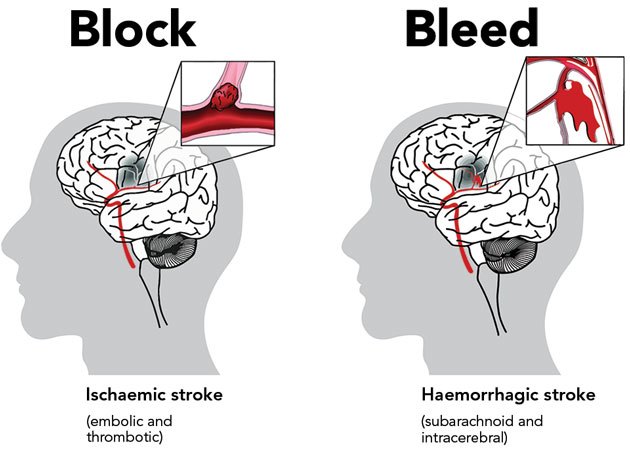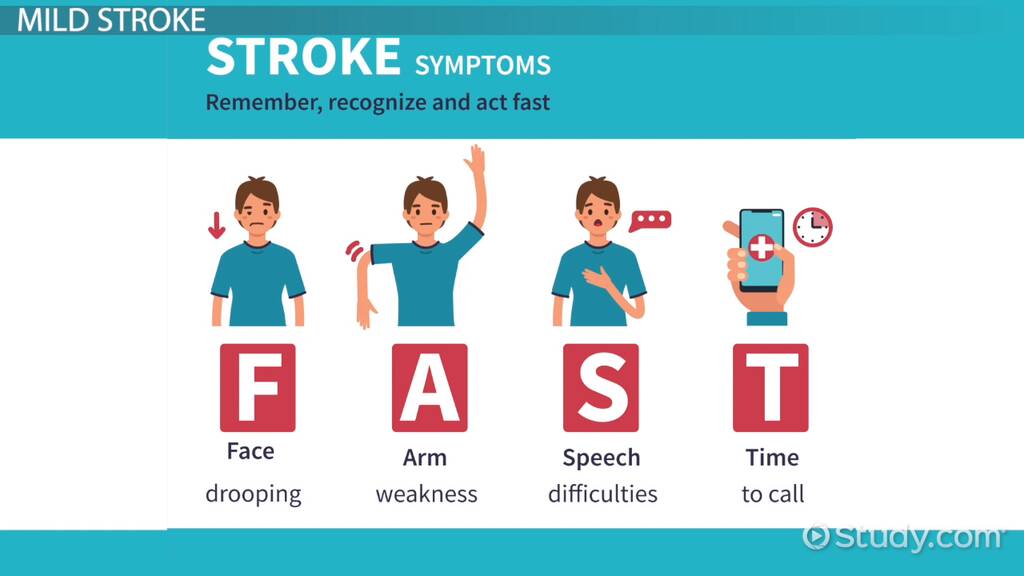
During the recovery process from a stroke, the patient will need therapy to regain movement and strength. The doctor will determine which therapy program is best for the patient, taking into account the patient’s lifestyle and the availability of caregivers. In many cases, patients are advised to exercise as much as possible, starting an intensive workout routine. In addition, a person who has recently suffered a stroke should gradually increase their physical activity.
A person who has already suffered a stroke may be at a higher risk of having another stroke. A second stroke is also possible after a heart attack, which may make the first one more difficult to recover from. Although the majority of strokes are painless, patients often hesitate to seek treatment because they are not sure how to respond to the symptoms. A support group can help patients with similar experiences and provide them with resources. In addition, they can build friendships and share information.
Blood clot removal is one of the most common stroke treatments. This procedure is often performed 24 hours after a stroke has started. The aim of mechanical thrombectomy is to remove the blood clot before it can damage the brain. It is effective for some patients, and can reduce long-term disability. In some cases, this treatment is not necessary. The primary goal is to reduce the symptoms, and to help the patient heal more quickly.
Medical experts have discovered that early treatment of a stroke is essential for long-term survival. A person must see a medical professional as soon as possible if they’re experiencing symptoms of a stroke. In addition to the medication, doctors will perform imaging tests to determine the cause of the symptoms. In addition to performing an imaging test, doctors must rule out any other possible cause. This can be a brain tumor, drug reaction, or a vascular problem. Fortunately, there are a number of treatments that are available for stroke victims.
The tPA is another stroke treatment. It is an intravenously administered drug that works by dissolving blood clots and improving the flow of blood to the brain. In some cases, tPA is administered in a catheter. Both of these treatments are effective for most stroke victims. The goal of these two therapies is to prevent a second stroke from occurring. However, they aren’t the only options.

While tPA is the most widely-used drug for treating stroke, tPA is only one of several treatments for stroke. It is best used in acute stroke cases and can be administered up to 24 hours after symptoms. It is important to seek treatment immediately, as the earlier the treatment is given, the better the chances for successful outcome. In severe cases, it is not appropriate to use tPA before it is used to treat a stroke.
The Mayo Clinic is constantly conducting research to develop new interventions and treatments for stroke. In addition, a clinical study was conducted, the purpose of which is to identify the cause of stroke and find the best treatment. Stroke treatment should include counseling and emotional support. If possible, join a support group after a stroke. Support from other patients can help a stroke survivor cope with emotions. There are many support groups for people recovering from a stroke. For more information on stroke rehabilitation, please visit indonesiabch.or.id/.
Various medications are used to treat cases of stroke. tPA is injected into the vein, which allows it to function normally. In severe cases, the patient is treated with more thinned blood than usual. These drugs are usually only taken for a short period of time, and some require immediate administration. tPA is given intravenously for up to three hours. However, some of these medicines have side effects and a person may need surgery for a long time after a stroke.
A patient who has had a stroke should be examined immediately after a stroke. Depending on the type of clot, there are different treatments for stroke patients. In some cases, blood clots are caused by a ruptured blood vessel in the brain. These drugs are injected into the bloodstream and then dissolved in the affected area of the brain. Once the thrombus is removed, the patient can continue their daily activities.